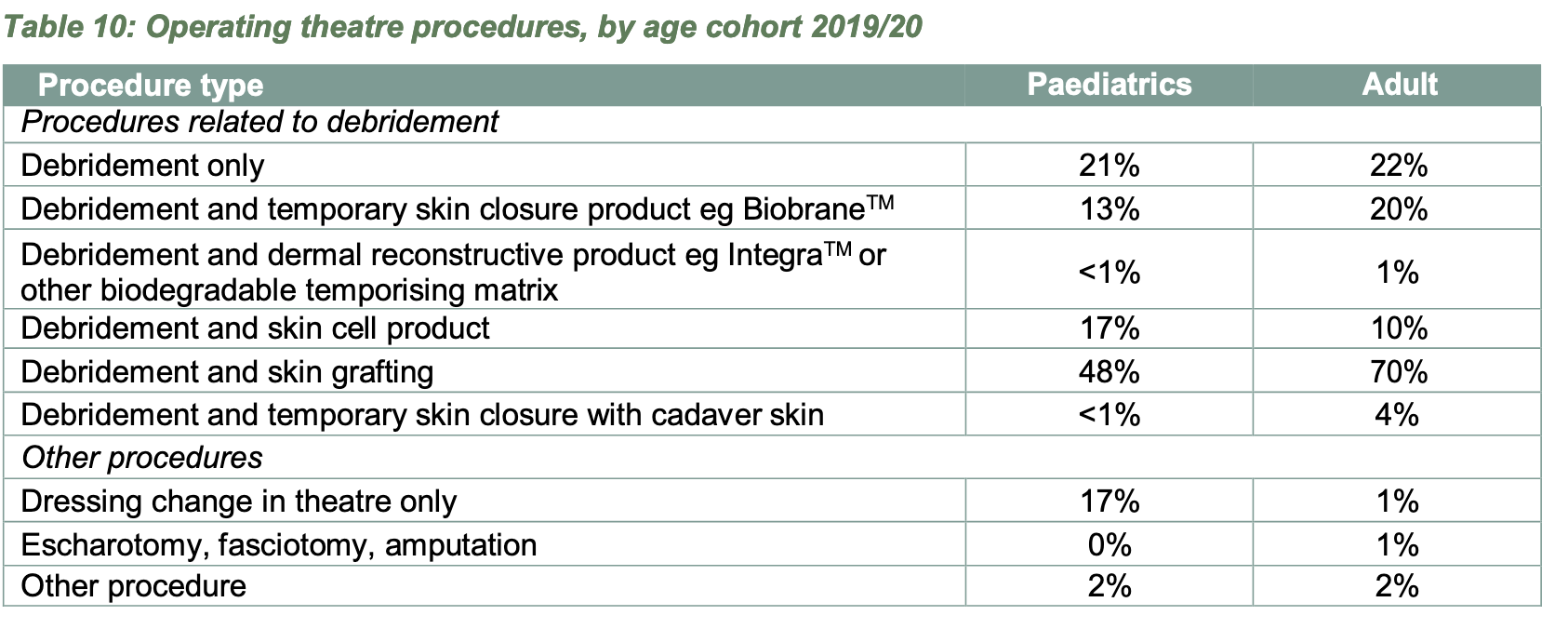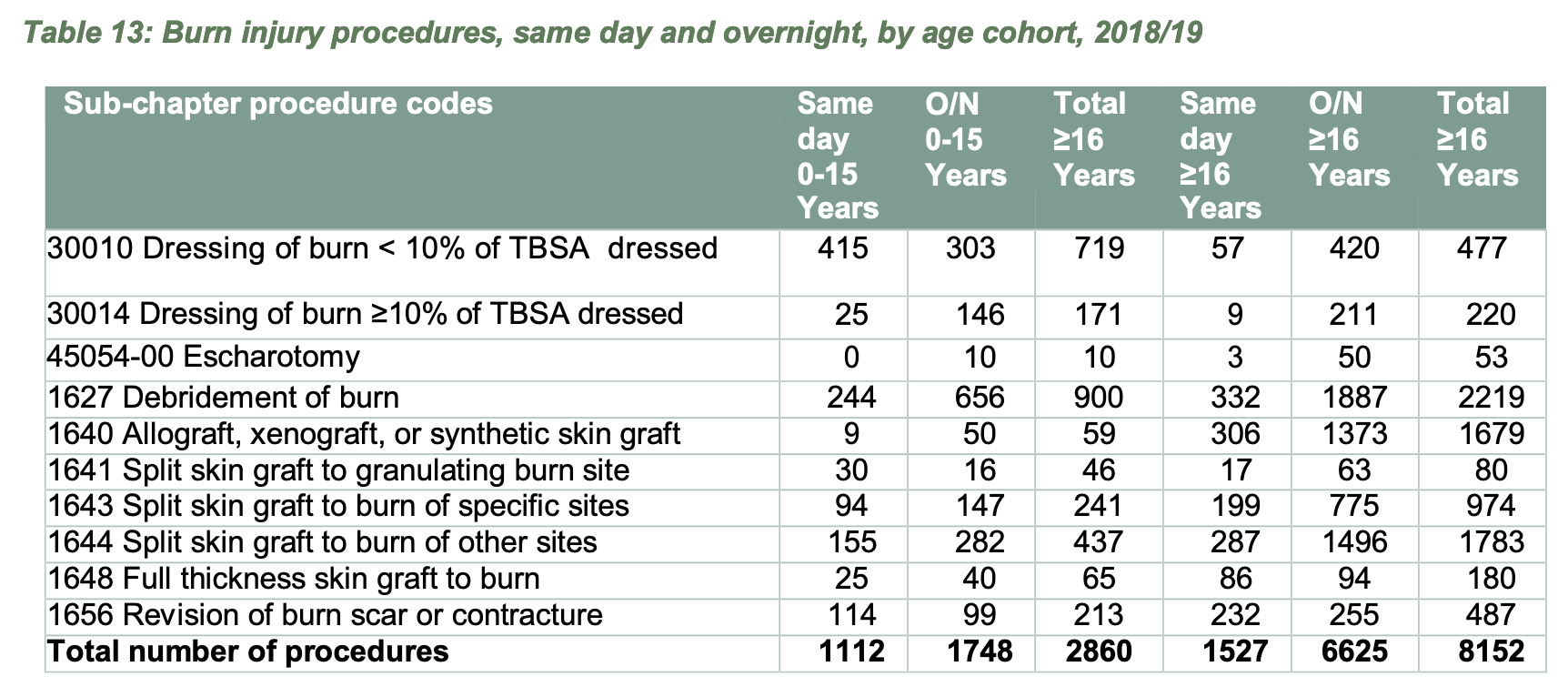Pinned straw:
@umop3pisdn thanks for sharing. The Alfred is a big pioneer in this area, although Dr Fiona Wood who developed Recell, worked in WA.
$AVH has led the way here, and clearly others are going to follow, as the article proves. You’d think that long term these products would have advantages over synthetics and biologics.
So one thing I’ve often wondered is whether $PNV has done any experimentation with developing a composite. With BTM you get the benefit of rapid wound closure and the structural integrity of the matrix to support regeneration. Incorporating the patients own cells would bring the benefits cited in the article. (Although, conceptually, I can see why this would be challenging for many reasons.) David Williams has in the past referred to BTM and Recell being used together in some cases. So it would make sense that an engineered product made of human tissue is the natural "end state".
I guess part of the answer is that $BTM is such a simple product, leading to phenomenal economics and ease of deployment. You can see by comparison the challenges $AVH has and continues to have. So, for example, they’ve had to develop the Recell Go technology to overcome the productivity (read cost) and consistency challenges of in-clinic preparation, which then also raises a capability adoption barrier at the customer end, which presumably flattens the adoption curve.
So, to win you need both the genius product and the ability to deploy it into market at industrial scale with favourable economics. So far, that’s been BTM’s secret sauce.
There is an ongoing need to watch this space. There are already a myriad of treatment options out there. The passage of companies like $AVH, $ARX and $PVN, and $IART, shows that the journey from clinical success to commercial success is a decade long….or more.
One of the many potential emergent competitors to track.




